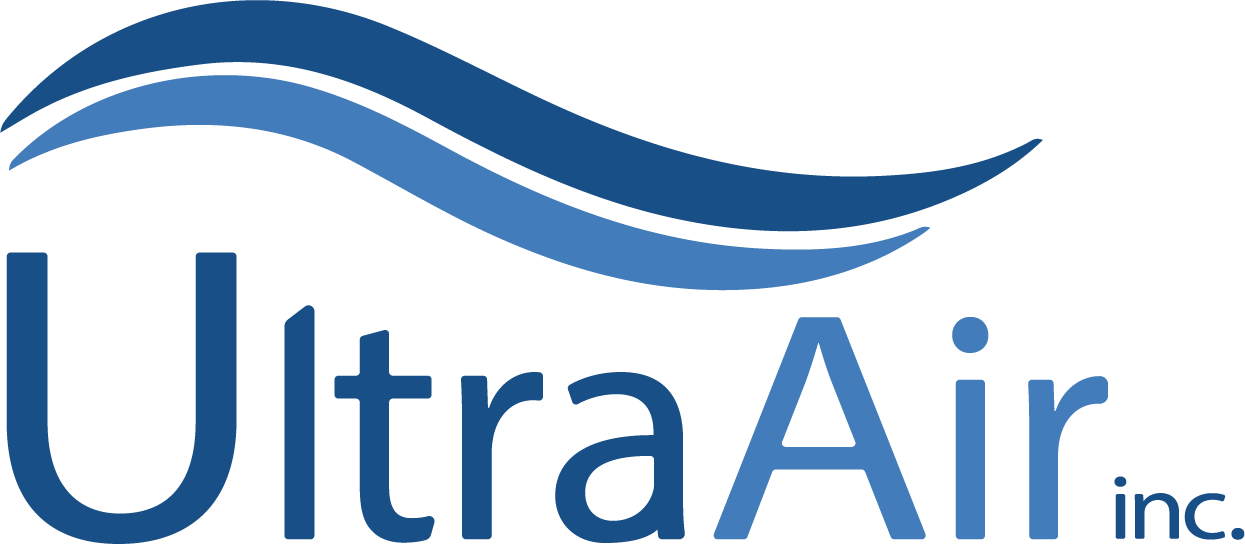Air quality is an important subject concerning occupational health and security. The materials used in the construction of a building, furnishings and equipment within the building, company activities as well as its occupants in the building, are the ingredients needed to create problems with air quality. There are numerous causes than can lead to a problem with the air quality:
- The indoor environment: inadequate temperature, unadjusted humidity, faulty ventilation system, insufficient fresh air intake.
- The presence of contaminants in the air: chemical and biological substance, fungi, bacteria, odours, gases, vapours, dusts, etc.
Contaminants in the air can be very numerous:
- Transmitted by humans: carbon dioxide (CO2), perfume, body odours, tobacco smoke (illegal in Quebec).
- Coming from construction materials: dust, fibreglass, gases. Asbestos can even be found in some old buildings.
- Everything that can be linked to building maintenance and activities: gases, toxic vapors, volatile organic compounds, solvents, pesticides, disinfectants, glues, etc.
- Dust mites found in carpets, fabric or foam chair cushions.
- Microbial contaminants, fungi, moulds and bacteria caused by stagnant water in condensation pans, drains and damp areas.
- Ozone given off by photocopiers, electric motors and certain electrostatic air purifiers.
The symptoms linked to poor air quality that can be felt by the occupants are:
- Dryness and irritation of the eyes, nose, throat, and skin
- Headache
- Fatigue
- Shortness of breath
- Hypersensibility and allergies
- Sinus congestion
- Coughing and sneezing
- Dizziness
- Nausea
Several health issues can be attributed to the presence of poor air quality at work. One of the most serious diseases is Legionnaires Disease which can lead to the death of the person infected. Several denominators point to health problems related to the air quality of a building:
- Sick Building Syndrome (SBS)
- Tight Building Syndrome (TBS)
- Building Related Illness (BRI)
It is necessary to inspect a building when one or several persons develop the symptoms listed above. This inspection would be done several hours after the beginning of the work day. Most often than not, the person or persons concerned will say that they start feeling better once they have left the building, or after the week end or a vacation.
The Canadian legislation on occupational health and security stipulates that the employer must provide a safe and healthy workplace to the employees. It is therefore the employer’s responsibility to be certain of the air quality on the work place.
*Text adapted from the specifications of the Canadian Center of Occupational Health and Safety. Canadian Center of Occupational Health and Safety..
